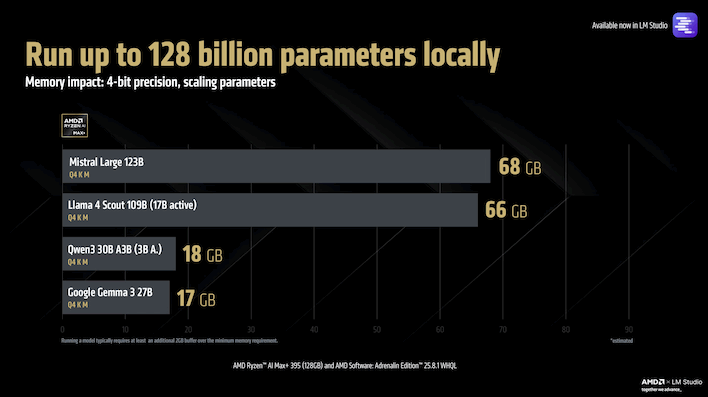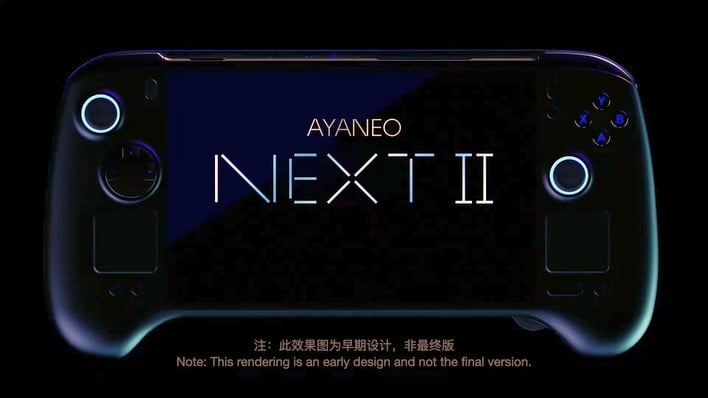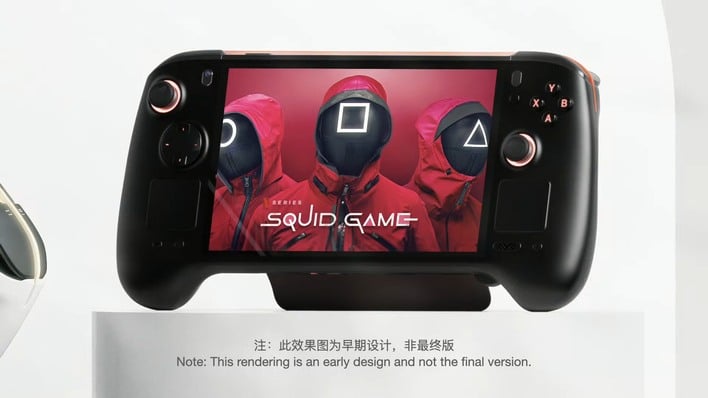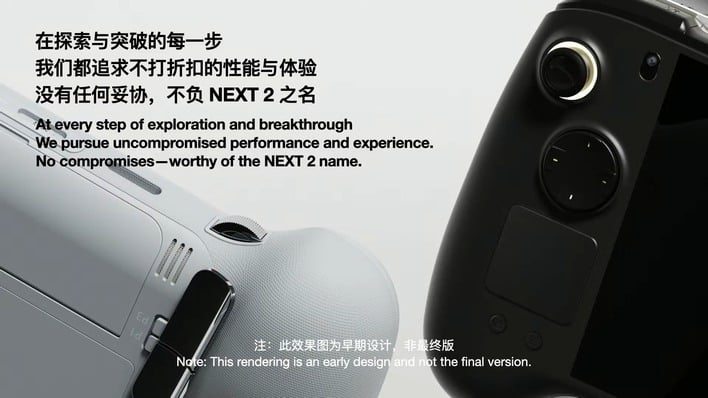AMD Strix Halo Driver Boosts AI Performance As Corsair And Ayaneo Drop Fresh Machines
The biggest problem with the Strix Halo family at this point is that there simply aren't many devices sporting it yet. It seems like that's about to change, though. Besides the GPD Win 5 that we reported on Monday, we now have two more devices on the way with Ryzen AI Max processors: an AI workstation from Corsair, and another handheld, this time from Ayaneo.

We'll start with the Corsair workstation first. Simply named "Corsair AI Workstation 300," this small form factor system can pack in some big power. We're talking about the Ryzen AI Max+ 395, a chip that comes with up to 16 desktop class Zen 5 CPU cores, an integrated GPU that can compete with the mobile GeForce RTX 4070, and up to 128 GB of memory connected across a 256 bit unified memory bus.
Corsair's machine is compact, although it's not exactly NUC-sized at 4.4 liters. That's in part because it actually integrates its power supply, so you can use a regular PC power cable with it instead of needing an external power brick. It has some pretty decent external connectivity, too; you get five USB 3.2 Type-A ports, a pair of USB4 Type-C ports, HDMI, Displayport, Ethernet, and analog audio jacks both front and rear. The top-end configuration with a Ryzen AI Max+ 395 and 128 GB of memory, along with a 1 TB SSD, starts at a cool $1,999, although there's also a configuration with an 8-core Ryzen AI Max 385 and 64GB of RAM for $1,599.

It's that large local memory that makes Strix Halo uniquely suited for AI processing. Because the GPU is integrated with the CPU and shares the memory bus, it can have a lot more memory attached than typical discrete GPUs. You have to leave at least a quarter of the memory for the system, but that still leaves you with 96 GB of effective video ram that you can use for AI processing. This allows users to load AI models as large as 109 billion parameters, such as Meta's Llama 4 Scout, a capability enabled by the new AMD 25.8.1 Adrenaline drivers.
Meanwhile, Ayaneo's NEXT II handheld appears to be a bit further from the finish line. Announced at the company's "2025-2026 Strategy Sharing Session" livestream on Monday, the company describes the Next II as a "truly next-generation flagship handheld" offering an "exclusive large-screen experience" and "breakthroughs in both battery life and thermal design." The company can't resist the chance to take a shot at rival GPD by noting that the Next II will have a "built-in high-capacity battery"; the GPD Win 5 apparently uses an external, clip-on battery. Of course, both approaches have their appeal.
Ayaneo is careful to note that the renders it showed are not the final design, but what's there already looks fairly promising. The Next II is clearly a chunky device, but we're excited to see that it borrows the dual touchpad design of the Steam Deck. It also seems to have a metallic volume roller, a front-facing camera, quadruple back paddles, and numerous other extra buttons that are likely configurable in the Ayaspace software.
There's no question that the Ayaneo Next II will be pricey; everything based on Strix Halo has commanded a premium so far. However, it's likely to be one of the top-performing handhelds on the market thanks to both the potency of AMD's biggest SoC as well as what Ayaneo describes as "a true breakthrough... overcoming structural and thermal design hurdles through continuous innovation." We're keen to see what Ayaneo has cooked up, and we might not have too long to wait; the company says that the device is coming this year.
While the package is compelling in mobile devices for its relative power efficiency, it's difficult to justify that kind of price in a desktop form unless you specifically require the particular advantages of the platform, like the AI capabilities we mentioned earlier. Hopefully, as more devices equipped with AMD's Ryzen AI Max processors continue to emerge, the prices come down. So far, we haven't seen anything with this chip cheaper than around $1500, and that's for desktop systems that don't come with a screen. For gamers, a regular old DIY desktop is much more cost-effective.






